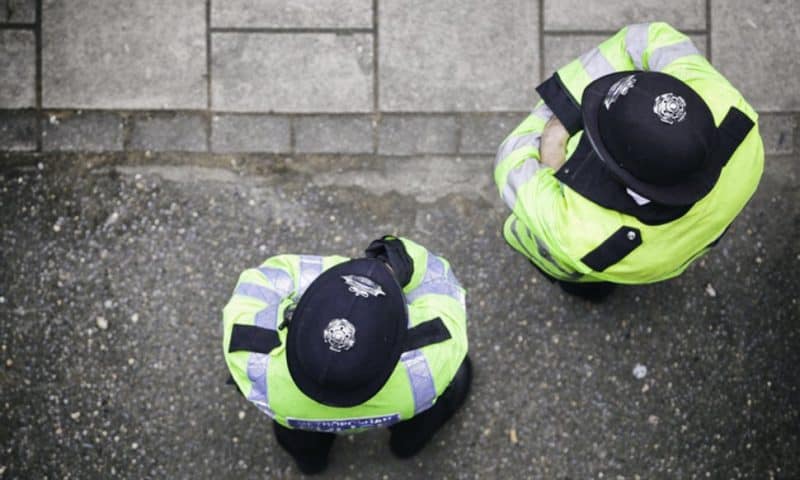The Safe Cities Index 2019, a report by the Economist Intelligence Unit, finds 4 out of the top 10 safest cities are in Asia.
THE CAPITAL OF THE United States is one of the safest cities around the world, according to a recent report.
The Safe Cities Index 2019, a biannual report by the Economist Intelligence Unit released in August, analyzed and ranked 60 cities across 57 indicators – including access to heath care, transportation safety, dedicated cybersecurity teams, crime rates and disaster preparedness – that fall under the four broad categories of digital security, health security, infrastructure security and personal security.
Washington, D.C. was ranked No. 7, scoring particularly well in digital security. It was the only U.S. city to make the top 10.
The addition of new, resilience-related indicators – factors that measure a city’s ability to respond to disaster or the impacts of climate change – helped the city’s overall score. The district did especially well in terms of the strength of its emergency services, the security of its air transport facilities, disaster risk preparedness and cybersecurity preparedness, the report said.
Kevin Donahue, the district’s deputy mayor for public safety, said the city’s placement among the top 10 safest cities reflects its focus on addressing citywide safety concerns.
“Mayor Muriel Bowser has been laser-focused on creating a safer, stronger D.C. that ensures personal safety and community resilience, but also prioritizes our city’s cyber and infrastructure security,” Donahue said in a statement, according to the Washington Post. “We are honored to be ranked in the top 10 cities.”
Tokyo remained the safest city in the world for the third time running, a feat that its leader says is a reflection of the city’s long-term focus on safety. The city government and its citizens have worked together to make the city more resilient to endemic earthquakes and global climate change, taking steps such as creating a vast underground reservoir that will reduce flood damage, replacing or shoring up old water pipes and establishing residential rescue kits that include items like water and food, Tokyo Gov. Yuriko Koike said in the report.
“We have pursued a range of reforms, both on the infrastructure and the intangible side, expending a large budget,” Koike said. “Tokyo’s having received high acclaim as a safe city results in part from the steady and consistent way we have pushed forward these initiatives over the years.”
While six Asia-Pacific cities made it into the top 10, the report said “a city’s region did not have any statistically significant relationship” with its overall ranking.
More than half – 56% – of the world’s population lives in cities today, and that percentage is expected to rise to 68% by 2050, the report says. As the world urbanizes, cities increasingly face challenges of fortifying security and sustaining growth.
The report noted that, overall, “cities tend to be similarly good, mediocre or poor across all aspects of safety rather than leaders in one area and laggards in another,” reflecting an interconnectedness among all aspects of security. While having money available helps, the report also found transparency, accountability and good governance to be at least as important as money in implementing sustainable urban safety.
Because of changes in methodology, new or updated indicators and changes in indicator weights between this year’s report and the previous 2017 index, the results are not directly comparable.
Of the 60 global cities analyzed, the following 10 are the safest overall, according to the index:


